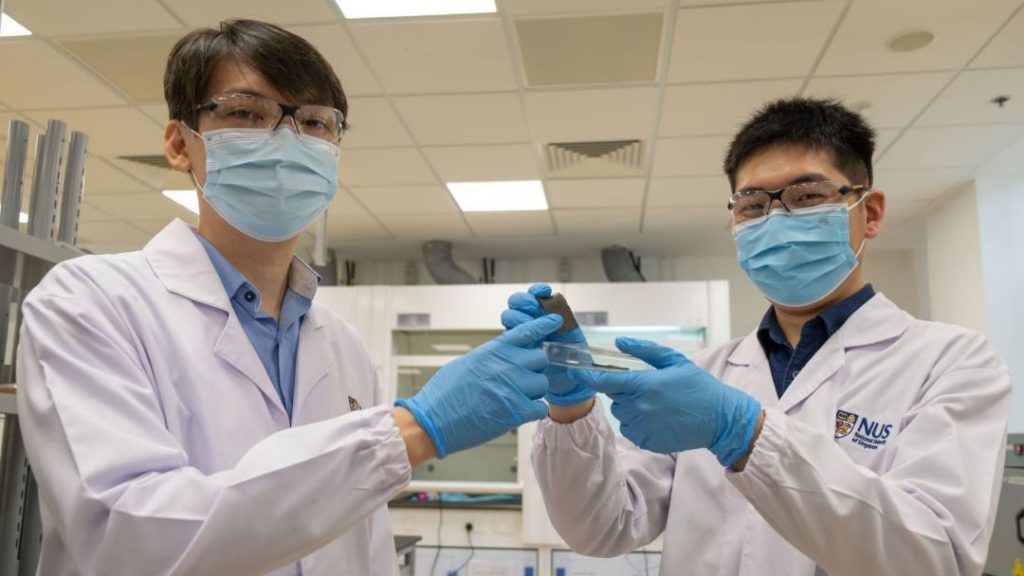
A smart foam developed by researchers from NUS Engineering could give robots a human-like sense of touch to better judge human intentions and respond to changes in their environment.
Advances in artificial intelligence (AI) have seen robots and machines become significantly smarter in recent years, but they still lack the ability to touch and feel their subtle and complex surroundings as humans do.
Called artificially innervated foam, or AiFoam, the new material – which is soft and feels like a sponge – mimics the human sense of touch, can sense nearby objects without actually touching, and repairs itself when damaged.
Compared with other conventional materials, AiFoam is the first smart foam in the world that performs these functions simultaneously, potentially making robots more intelligent and interactive.
The material was developed over two years by a team led by Assistant Professor Benjamin Tee from the NUS Department of Materials Science and Engineering, and Institute for Health Innovation & Technology (iHealthtech).
“We want to show that it is possible to replicate the human sense of touch in a robot, which opens up a new paradigm in the interaction between man and machine for future applications,” said Asst Prof Tee.
The foam is a highly elastic polymer created by mixing a Teflon-like substance, known as a fluoropolymer, with a surfactant that lowers surface tension. The result is a material that, when separated into pieces, fuses easily back into one piece.
The team then infused the material with microscopic metal particles which enables the foam to sense the presence of a capacitive object like a human finger.
To mimic the nerve endings in the human skin, the researchers embedded tiny cylinder-shaped electrodes underneath the surface of the foam.
The electrodes are able to detect the direction of an applied force, not just the amount of force. This would enable robots to understand human intentions better, or know that an object in contact is about to slip, so that they can react more quickly and appropriately.
The invention was published in Nature Communications.
* Article from NUS Engineering news





